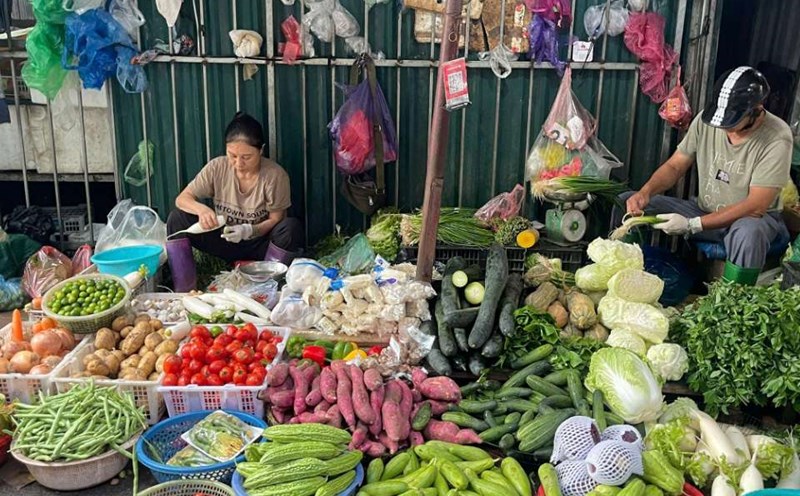However, in some cases such as allergies, indigestion, or limited access conditions such as crops destroyed by storms and floods, people are forced to look for foods to replace green vegetables to ensure adequate nutrition.
Some foods that can replace green vegetables in the diet
First of all, fiber-rich fruits such as pumpkin, carrots, sweet potatoes, and amaranth are potential choices. In which sweet potatoes contain about 3g of fiber/100g along with high amount of beta-carotene (vitamin A), equivalent to or even surpassing green vegetables such as spinach. Carrots are also rich in vitamin A, potassium, antioxidants such as lutein, which help protect the eyes and cardiovascular system.
Another food group is beans and whole grains such as lentils, black beans, oats. Not only rich in fiber, about 79g per 100g, this group of foods also provides folate, magnesium, iron, vegetable protein, helping to maintain healthy digestive function and cardiovascular health. Research shows that regular consumption of beans can help reduce the risk of cardiovascular disease and type 2 diabetes, similar to eating a lot of green vegetables.
In addition, fresh fruits, especially berries such as strawberries, blueberries, apples, kiwis and avocados, can also partly replace green vegetables in providing vitamin C, fiber, polyphenols. These are compounds that help fight inflammation and boost immunity.
Although green vegetables are indispensable in the diet. However, if necessary, combining vegetables, beans, grains, and fruits can help compensate for most of the nutritional value of green vegetables for meals.











